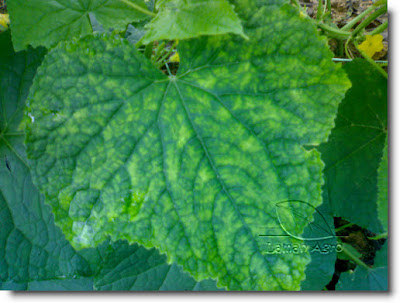The Bokashi Bucket is a practical and convenient alternative for transforming kitchen waste into a nutrient rich soil conditioner. This unique composting system uses the revolutionary EM (Effective Micro-Organism) Bokashi to create the ideal conditions for airtight (anaerobic) composting, eliminating the odours and unpleasantness associated with putrefaction and decay.
WHAT YOU CAN COMPOSTYou can compost almost every kitchen food waste including fresh fruit and vegetables, prepared foods, cooked and uncooked meats and fish, cheese, eggs, bread, coffee grinds, tea bags, wilted flowers and tissues.
Do not included liquids such as milk and fruit juice, paper and plastic wrap or meat bones.
STEP BY STEP
- Place a 3-4 cm layer of organic waste on top of the grate before coating evenly with a layer of EM Bokashi. Use approximately one handful of EM Bokashi to every layer of waste. Use more EM Bokashi when adding high protein foods such as meat, fish, cheese and eggs.
- Press down to remove air after every application. A plastic bag can be used for this.
- In order to reduce the oxygen and create the conditions for the anaerobic fermentation process to take place, ensure that the lid is closed tightly after each application.
- Repeat this layering process until the bucket is full, and top-up with a generous layer of EM Bokashi.
- Frequently drain the Bokashi Juice that has accumulated in the bottom of the bucket. You can dilute this Bokashi Juice (see instructions below) to make your own organic soil conditioner or tip it down the sink to help clean-up our waterways!
- Once the bucket is full to capacity, let the contents ferment for a period of 10-14 days at room temperature, continuing to drain off the Bokashi Juice regularly. While this full bucket of waste is fermenting, begin the process again in your second bucket. Wash the Bokashi Bucket after each use.
- Once the fermentation period is over, you will see that the food has been preserved and now has an appearance similar to pickles. The following indicates The Bokashi Bucket composting process has been a success:
- Smell: Well fermented Bokashi Compost should have a smell similar to that of pickles or cider vinegar.
- Visual: Occasionally, particularly for longer fermentation periods a white cotton-like fungi growth may appear on the surface. This shows that a good fermentation process has occurred.
Indications that the fermentation process has not been successful are:
- Smell: A strong rancid or rotten smell
- Visual: The presence of black or blue green fungi indicates that contamination has occurred and the process has putrefied.
If you have noticed any of these signs it is probably the result of:
- Not adding enough EM Bokashi
- Not replacing The Bokashi Bucket lid tightly after every use
- Not draining the Bokashi Juice frequently from the bucket
- Prolonged and direct exposure to sunlight or extreme temperatures
If your fermentation process has struck problems, find a spot in the garden, away from plants and dig a 30-35 cm hole. Place 3 handfuls of Bokashi into the bottom of the hole tip the poor batch of compost into the hole and mix with some soil. Sprinkle another 3 handfuls of Bokashi onto the poor compost and fill the hole in with soil.
USING YOUR BOKASHI COMPOST
After the fermentation period is complete, the compost is ready to be planted. Bokashi Compost will look different to other compost that has decayed. As the food waste does not breakdown or decompose while it is in the bucket, much of its original physical property will remain and it will have a pickled appearance. Complete breakdown of waste will occur a few weeks after it has been transferred to the soil.
Suggestions for the garden:
Burying Bokashi Compost in the garden will supply the plants with a nourishing food source and condition your soil with enriching microbes. The Bokashi Bucket composting system significantly accelerates the composting process of organic waste. Bokashi Compost is acidic when first dug in, but neutralizes after 7-10 days. Be sure plant roots do not come directly into contact with the compost as it may burn the roots, particularly if the plants are very young. Fresh compost can be stressful to new plants so it is best to wait two weeks before planning you favourite veggies, flowers etc.
To prepare your soil before planting, dig a hole or trench approximately 20-25 cm deep. Add your fermented Bokashi Compost and mix in some soil. Cover with remaining soil. For established gardens, dig the holes around shrubs or between rows of trees.
If you have don’t have space to dig a new hole every time you empty your bucket, you can create a “Bokashi compost heap” by burying a large bottomless plastic bucket with a good lid (30 litres and above is ideal) up to its neck. Mix a little soil to each batch of Bokashi Compost that you place into the bucket, and replace the lid.
You can use your Bokashi Compost in planter boxes, tubs or pots by placing it directly into the container for further fermentation. Fill 1/3 of the container with potting mix (new or used) then add the Bokashi Compost and mix with soil. Fill the remaining 1/3 of the container with potting mix and cover with a plastic bag to maintain anaerobic conditions. Wait two weeks before planting you favourite veggies or flowers, or transfer potting mix into smaller pots for planting. Read More......


























































